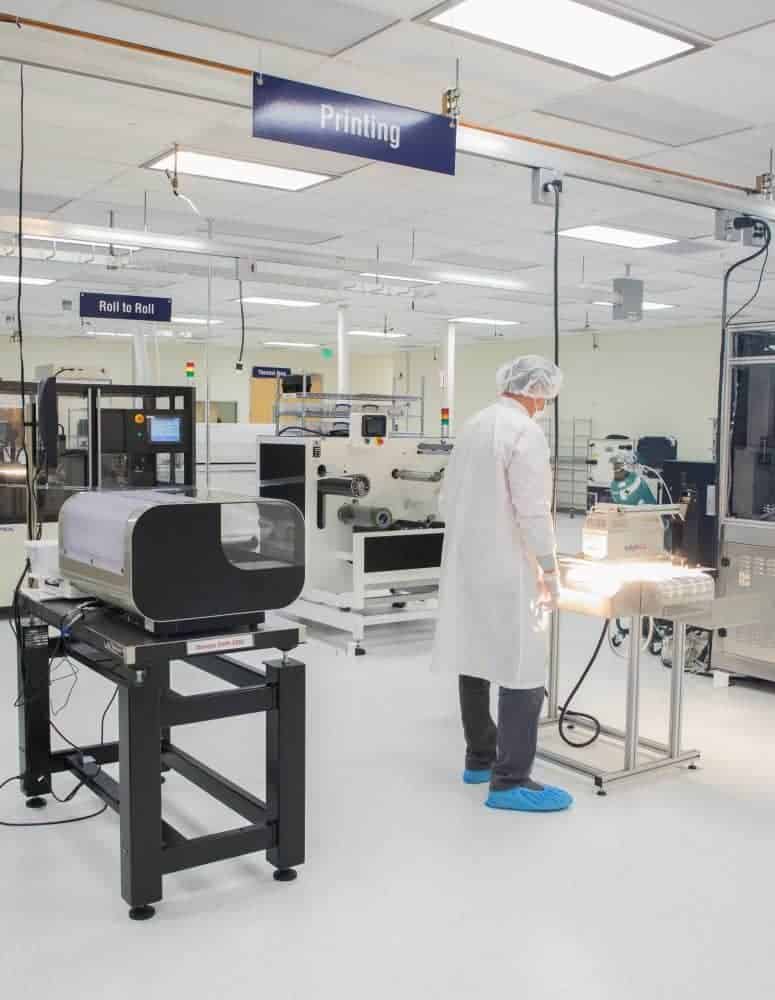Introduction and Overview
The rapid increase in domestic natural gas (NG) production continues to reshape the U.S. economy and redefine America’s competitive advantages within the global economy, especially within the manufacturing sector. In the continuing effort to understand how a resurgent oil and gas industry impacts broad-based manufacturing, IHS examined how the expansion of NG pipeline infrastructure benefits the U.S. manufacturing sector. Beyond exploration and production companies, many firms across a diverse set of industry sectors are beneficiaries of tens of billions of dollars in capital expenditures and operating and maintenance (O&M) expenditures made annually across the hydrocarbon value chain. Going forward, lower natural gas prices will result in benefits to consumer purchasing power and confidence, higher profits among businesses, and improvements in cost-competitiveness for domestic manufacturers relative to their international competitors. The U.S. economy experienced significant gains in 2015: IHS estimates that economic benefits from increased domestic shale gas production and the accompanying lower NG prices include contributions of $190 billion to real gross domestic product (GDP), 1.4 million additional jobs, and $156 billion to real disposable income.
IHS Energy expects that the ongoing development of conventional and unconventional NG plays in the U.S. Lower 48 will keep supply growth steady between 2016 and 2025, enabling it to meet domestic demand. The rapid growth of NG production in some of the major shale plays has created bottlenecks in some parts of the U.S. where there is insufficient transmission pipeline capacity to move the NG to market. IHS estimates that approximately $25.8 billion was spent in the U.S. in 2015 to construct 6,028 miles of new natural gas transmission pipelines, resulting in a temporary increase in employment of 347,788 jobs, with 59,874 in the manufacturing sector. Similarly, the construction spending is expected to have contributed $34 billion to GDP and $21.9 billion to labor income in 2015. This study presents current unit cost estimates, in dollars per mile, for constructing and operating three types of NG pipelines: gathering, transmission, and local distribution. The focus of this study is on the economic impacts of constructing and operating new NG transmission lines, as they are the means by which pipeline-ready NG is transported from the wellhead to local markets; the effects of the other two other types of NG pipelines will also be considered as appropriate.
Well-understood economic contributions are derived from midstream and downstream energy capital and O&M expenditures across a diverse supply chain. Recent IHS analyses on the U.S. ‘manufacturing renaissance’ identified clear competitive advantages that have emerged for manufacturing in America as a result of the increased supply of competitively priced natural gas. For energy-intensive industries such as chemicals, metals, food, and refining, production costs have been reduced as a result of the increase in natural gas supply, and IHS expects these industries to outperform the U.S. economy as a whole through 2025.
The improved competitive positioning of industries in the manufacturing sector is shaping state and local economic development strategies across the country. Increased supplies of NG, especially at lower delivered prices, enhances the competitiveness of economies by making them more attractive to manufacturing activities that are large, and intensive users of NG such as chemicals, food, paper, and metals. The close proximity of existing clusters of manufacturing establishments to increased NG supplies can generate new pipeline-related economic development, often because of the availability of direct connections to a new or expanded NG pipeline. In a recent IHS manufacturing strategy study for the City of Philadelphia Industrial Development Corporation, core recommendations included expansion of NG pipeline capacity from the Marcellus Shale region to the Greater Philadelphia area as an enabler for expanding the regional manufacturing sector. Recent IHS research indicates that sectors such as food, cement, wood, paper, chemicals, and primary and fabricated metal products will be the largest beneficiaries of increased supplies and lower NG prices, as they both use it intensively (i.e., consume a high number of British Thermal Units (Btu) per unit of output) and require large amounts of it, especially in chemicals subsectors, where it is used as a feedstock. Expansions of NG pipeline capacity are also needed to enable the construction of new NG-fired electric generating plants. In addition to providing key inputs for the construction of NG pipelines, the manufacturing sector will also benefit economically from the capital expenditures for new electric generating plants and for facilities used to process and store NG and natural gas liquids (NGLs).
In a nutshell, the combination of increased access to shale gas and the transmission lines that move that affordable energy to manufacturers across America meant 1.9 million jobs in 2015 alone. In the following sections, IHS will identify the major sources of demand for NG by the manufacturing subsector and describe the key components of the gathering, IHS Economics | The Economic Benefits of Natural Gas Pipeline Development on the Manufacturing Sector © 2016 IHS 5 May 2016 transmission, and distribution system. The focus of this analysis will be on the effects of increased NG supply and the construction and operation of NG transmission pipelines on the manufacturing sector.
Download the Entire Report


